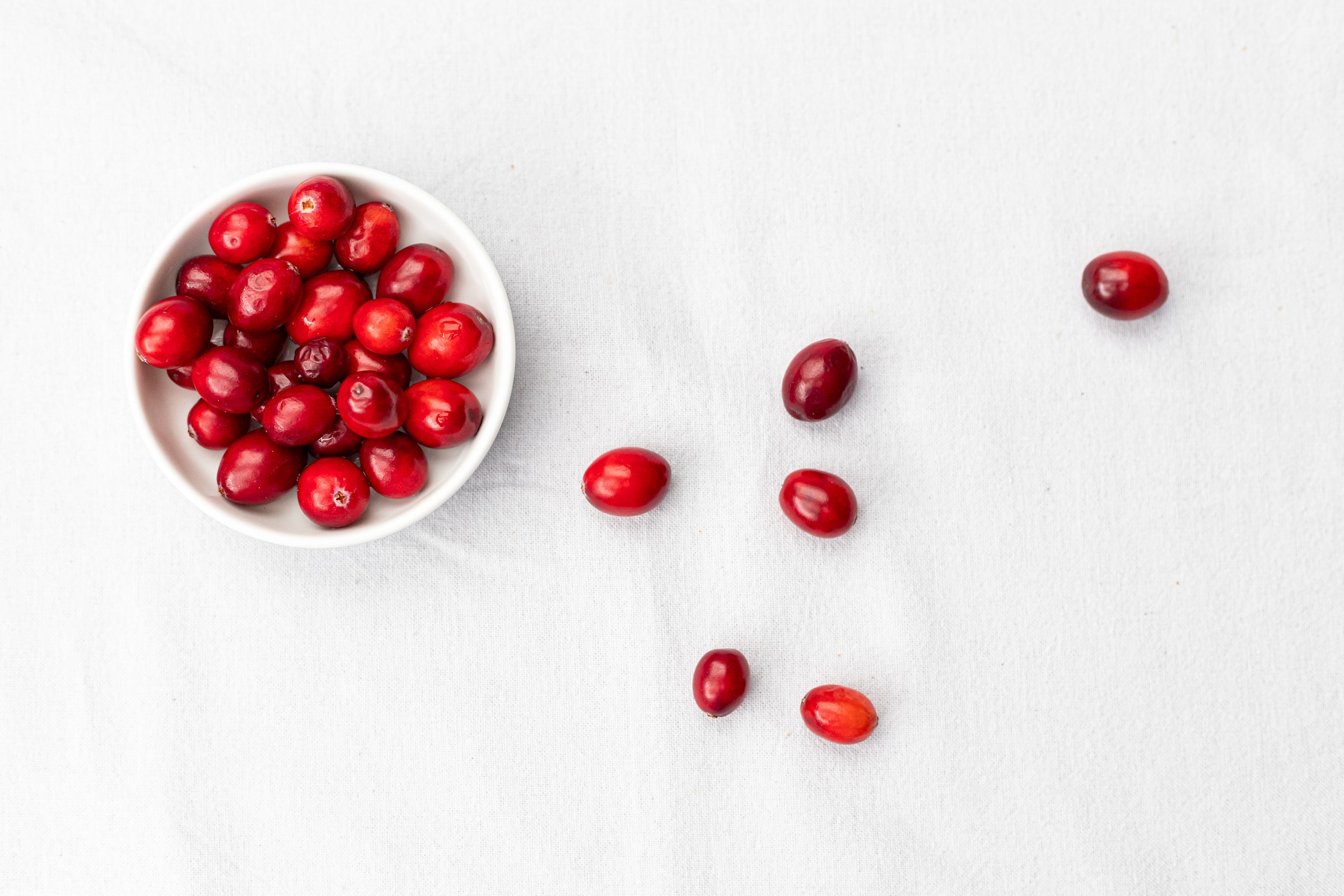Many of us enjoy cranberry sauce during the holiday season as it is a staple at the dinner table on Christmas day. But, what is the history behind this berry?
The great scare of 1959
One of Thanksgiving’s most treasured meal staples experienced some trouble two weeks before the holiday in 1959. According to National Geographic, “The federal government announced that cranberries had been contaminated by a cancer-causing chemical.” As you can imagine, complete panic ensued and the little red berry was tossed away, taken off menus and did not make an appearance during the holiday festivities.
It was later discovered that “a person would have had to eat several thousand pounds of cranberries a day — for several years — to actually get cancer,” as noted by the National Geographic. Alas, the industry bounced back and the cranberry has once again reclaimed its seat at the table.
How does your garden grow?
Have you ever seen a cranberry tree? If so, you must have confused them with a cherry tree. They actually grow on low lying vines in wet marshes.
It takes a special combination of very specific factors to grow and harvest these berries. “These factors include acid peat soil, an adequate fresh water supply, and a growing season that extends from April to November,” according to the Cape Cod Cranberry Growing Association. “Cranberries grow on low-lying vines in beds layered with sand, peat, gravel and clay.”
“The name ‘cranberry’ reportedly derives from the Pilgrim name for the fruit ‘craneberry,’ because the small, pink blossoms that appear in the spring resemble the head and bill of a Sandhill crane,” according to the National Library of Medicine.
Where do they grow?
Today, the U.S. is the major producer of cranberries. The production areas include New Jersey, Massachusetts, Oregon, Washington and Wisconsin.
Health benefits!
While very tart due to its high acidity level and low level of sugar, cranberries are rarely consumed raw. These little red nuggets are jam packed with hefty health benefits which have warranted the designation of them one of the mighty Superfoods.
They are void of saturated fats and cholesterol and are high in antioxidants like vitamin C and E and the flavanol proanthocyanin, according to the Cranberry Marketing Committee.
Per Healthline, one cup contains:
- Calories: 46
- Water: 87%
- Protein: 0.4 grams
- Carbs: 12.2 grams
- Sugar: 4 grams
- Fiber: 4.6 grams
- Fat: 0.1 grams
According to Ocean Spray:
American consume 400 million pounds of cranberries are consumed each year. Twenty percent of that is during the week of Thanksgiving. That’s 80 million pounds!
5,062,500 gallons of jellied cranberry sauce are consumed by Americans every holiday season.
70 million is the number of cans of cranberry sauce Ocean Spray produces a year.
The average number of cranberries used per can of sauce is 200.
The UTI fixer-upper
If you have ever been cursed with a dreaded urinary tract infection (UTI), you may have been prescribed cranberry juice to help ease the pain and irritability that comes along with a UTI. According to Urology Associates of Colorado, “Cranberry juice can be a part of the cure because cranberry actually prevents the adhesion of bacteria to the bladder wall allowing the body to win the battle against the infection. Some studies show that it provides up to an 80% reduction of bacterial adhesion.”
9 ways to add cranberries to your dishes
You likely won’t want to dive into a fresh bowl of cranberries, as they are very tart. Because of this, they’re often consumed as juice, powder, extract or in its dried stage.
1. Add to salads
2. Blend in smoothies
3. Mix in pancakes and waffles
4. Cocktails
5. Relishes and sauces
6. Add to cupcakes or bread batter 7. Add to trail mixes
8. Add to oatmeal
9. Mix into apple or blueberry pie
Related articles
Humorous Side of Health: Food Fight
How Safe and Healthy is Our Food?
The World’s Most Expensive Foods

